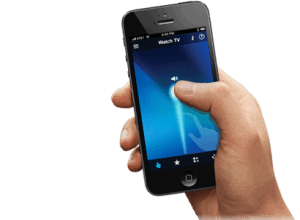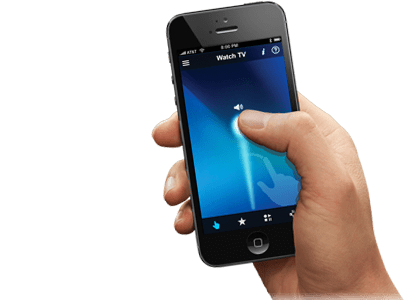
The smartphone of today could really be called a gadget, as it can have a wide range of applications. According to the statistics, which you can click here to view, there are over a staggering 4 billion smartphone users around the world. There is also a wide variety of devices to choose from so, before purchasing, it really does pay to check out what’s out there and pick the device that is going to be perfect for you and your needs.
Don’t be a cheapskate when buying a smartphone
The smartphone you select will be something you use for a long time and, the phrase, “You only get what you pay for” really applies in this case. So, buy the best you can afford.
Think about size
The size of the phone can vary greatly. This is dictated by screen size, measured diagonally. Large screens are from 5 inches and up. The iPhone 6 Plus screen is 5.5 inches, in fact most of the top makers offer at least a 5 inch screen, which means all functions can be clearly displayed. Screen size also determines resolution, and if your sight is not what it used to be, you may like to consider something larger, like the Samsung Galaxy Note series. Another reason for larger screens is the higher gaming standards, and application versatility. Anything smaller than 5 inches is regarded as a medium sized phone.
The camera
If taking pictures is important to you, then look for something with a high megapixel count. This generally means a better photo, although there are other factors that influence a camera’s ability to take good snapshots, such as lens quality. Some smartphones have a higher processor power, and this enables multi shots, and quick flash regeneration.
The processor
The heart of any computer or smartphone, the processors of today are multi core. This means they have more than one portion that can process data, side by side. Multi core processors mean you can multi task with ease, something we all need on our devices. The clock speed tells you how many megahertz (Mhz) the CPU will work at, and the newer models will have this listed in gigahertz (Ghz). A top of the range smartphone is a costly piece of equipment so mobile phone insurance is a must.
Random Access Memory (RAM)
As a rule, the more RAM your device contains, the faster it will operate. RAM stores data that the application will need, keeping the flow going, so to speak. This determines multi-tasking, along with CPU power, and if you like to work on several platforms simultaneously, then go for a device with a higher RAM configuration.
Storage (Internal and external)
Of course, the device will have internal memory storage, to be shared with the iOS and other apps that run on the smartphone. A micro SD slot will allow you to insert an external SD card that will boost your storage capabilities considerably.
Connectivity
This is something not to be forgotten, as many smartphones can connect to 3G or 4G networks, or other devices such as laptops and smart TV’s. Wi-Fi is very popular now, and many restaurants and coffee shops will allow you to use their Wi-Fi, while you are there. Wi-Fi also allows you to connect to your home Internet, without having to hook up cables.
So, choosing the right smartphone requires a great deal of consideration. The above tips will help you source the right device from the huge range on the market, giving you the perfect phone that suits your needs.
